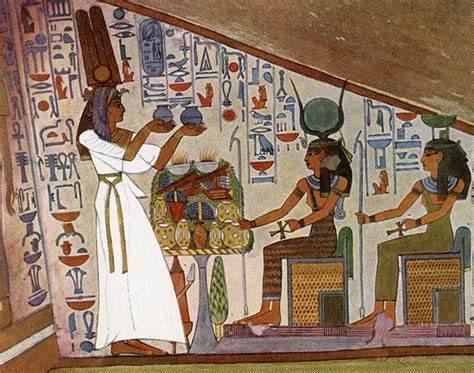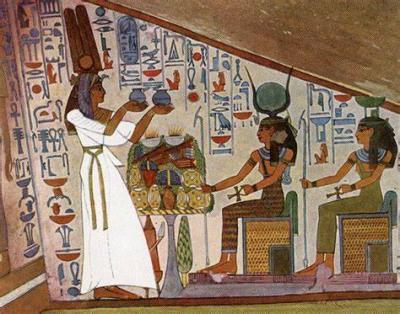A new study has revealed that mummified baboons in ancient Egypt were likely imported from distant regions while being kept in captivity. Previous archaeological discoveries of mummified baboons puzzled researchers, as Egypt is not their native habitat, and there is no evidence suggesting that the animal lived in the area historically. It has often been speculated that mummified baboons were likely used as votive offerings by people. They were also elevated to represent Thoth, the god of learning and wisdom, among the various gods depicted as animals in ancient Egypt.
According to the new study recently published in the journal eLife, it is probable that baboons were imported from far-off areas and kept in captivity in ancient Egypt before being mummified. Recent findings also indicate that the primates underwent the removal of their dangerous canines. Scientists traced the origin area of the baboons through genomic analysis of the cellular energy centers—mitochondria—in the animal mummies. One of the mummies in the new study was excavated in 1905 in the "Valley of the Monkeys."
Archaeologists dated the baboon mummy sample to between 800 and 500 BC in the Late Period of ancient Egypt. They compared its genome with genomes found across the African continent. Gizela Kopp, a co-author of the study, stated: "We have comparative samples from almost all regions where baboons live today."
While historical texts mention "Punt"—an ancient region from which Egypt imported luxury goods for centuries—as the original home of the baboons, the precise location of this place remains unknown. Kopp noted: "Egyptologists have long been puzzled by Punt, as some scholars viewed it as a location in the early global maritime trade networks, thus a starting point for economic globalization." The genetic analysis in the new study indicated that the origin of the mummy sample is from a region in Eritrea in Northeast Africa, known in ancient times as "Adulis." Adulis served as a trade center for luxury goods and animals. Based on the latest findings, the scientists argued that Punt and "Adulis" are two different names for the same place, used at different points in time.




